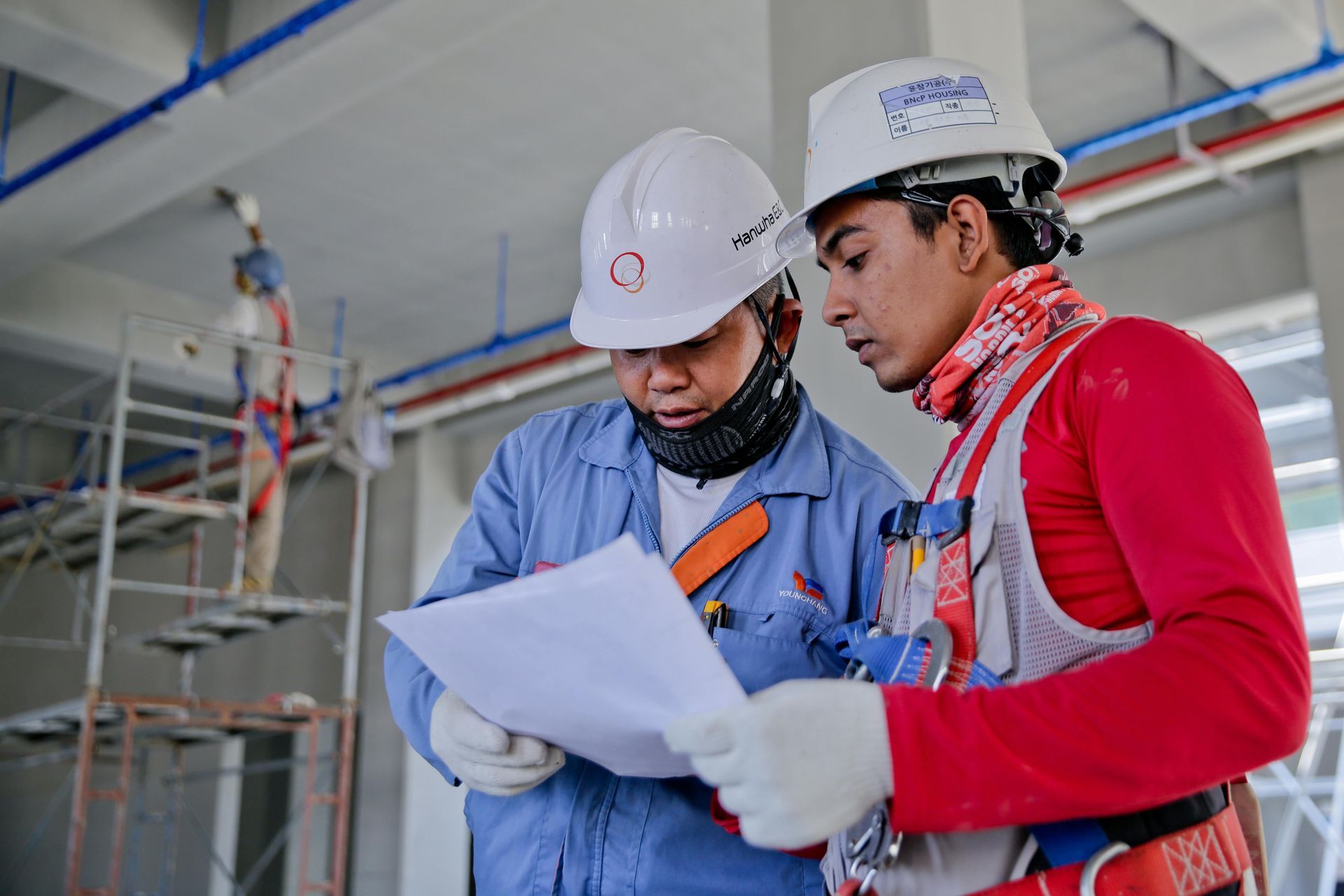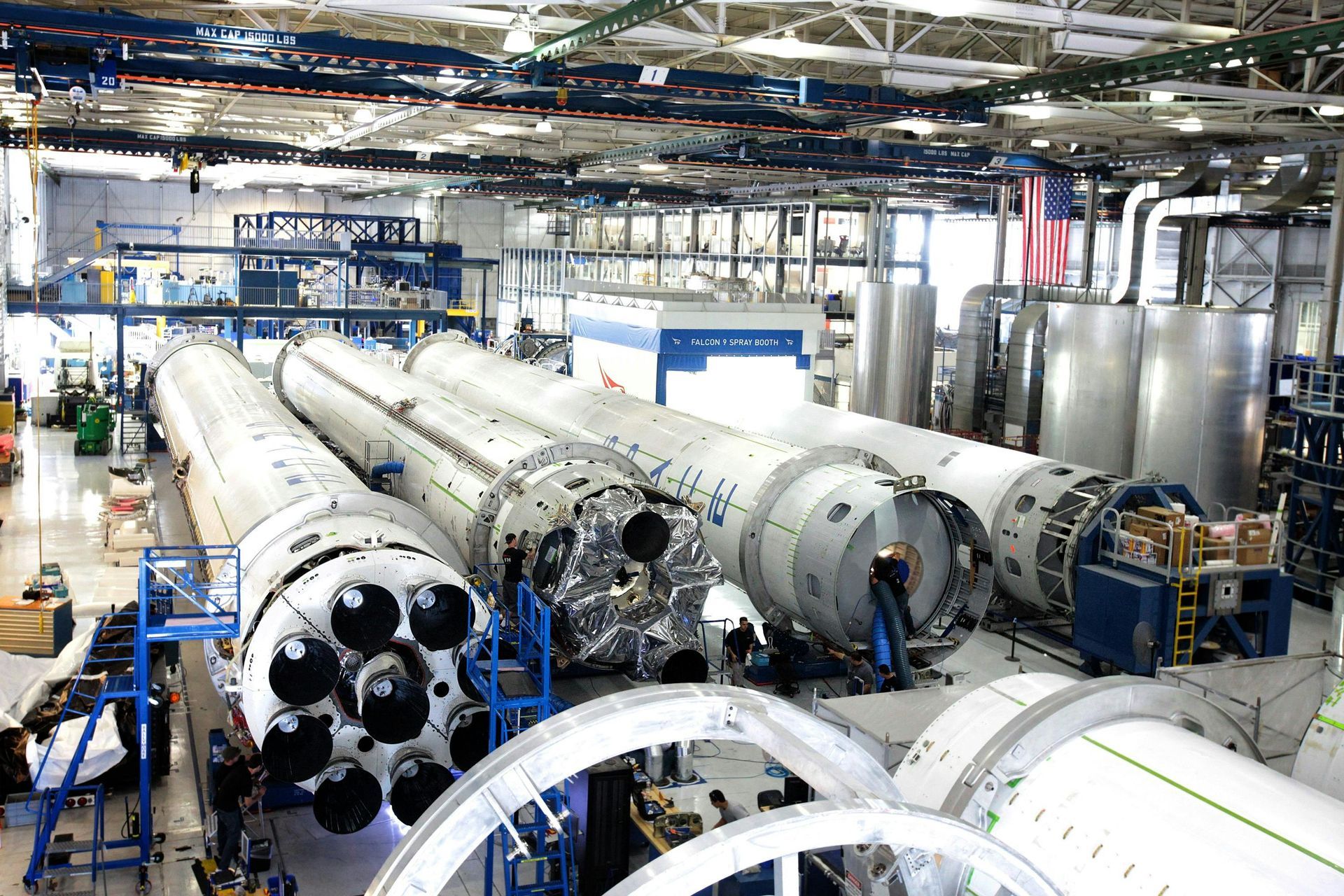The Role of Preventative Maintenance in Commercial Property Management
This is a subtitle for your new post

Effective commercial property management is about more than responding to issues — it’s about preventing them in the first place. Preventative maintenance is a proactive approach that ensures building systems are running efficiently, safely, and in compliance with regulations. It protects assets, controls costs, and ultimately contributes to tenant satisfaction and retention.
What Is Preventative Maintenance?
Preventative maintenance involves scheduled inspections, routine servicing, and minor repairs across all major building systems — such as electrical, mechanical, plumbing, HVAC, and fire safety. Rather than waiting for equipment to fail, managers use planned cycles to identify and fix small issues before they become major (and expensive) problems.
Key Benefits of Preventative Maintenance
1. Reduced Downtime and Disruptions
Unexpected breakdowns can halt operations, inconvenience tenants, and lead to reputational damage. Preventative maintenance reduces the likelihood of emergencies and unplanned shutdowns.
2. Cost Savings
Addressing wear and tear early is significantly cheaper than repairing or replacing entire systems. Well-maintained equipment also consumes less energy, lowering utility bills.
3. Asset Longevity
Just like regular oil changes extend the life of a vehicle, routine maintenance extends the useful life of HVAC units, elevators, lighting systems, and more. This delays capital expenditure and increases return on investment.
4. Health and Safety Compliance
Proper upkeep of fire alarms, ventilation, and water systems ensures compliance with health and safety standards. This reduces legal liability and helps avoid fines or penalties.
5. Improved Tenant Satisfaction
Tenants expect functional, comfortable, and safe working environments. A well-maintained property reflects professionalism and reliability, encouraging long-term occupancy and positive word-of-mouth.
Common Maintenance Tasks to Schedule
- Quarterly HVAC filter changes and coil cleaning
- Monthly lighting and electrical system checks
- Annual lift inspections and certifications
- Bi-annual plumbing system checks for leaks and corrosion
- Regular fire alarm and emergency lighting testing
Integrating Preventative Maintenance Into Your Operations
Successful implementation begins with a planned maintenance schedule tailored to the building’s age, usage, and equipment type. Many property managers now use CMMS (Computerised Maintenance Management Systems) to automate reminders, track asset performance, and log completed tasks.
Additionally, partnering with professional maintenance providers ensures work is carried out to a high standard by qualified engineers, with documentation to support insurance and compliance audits.
Conclusion
Preventative maintenance is not just a cost-saving measure — it’s a strategic investment in your property’s performance and value. By staying ahead of problems, commercial property managers can reduce operational risk, satisfy tenants, and maintain assets efficiently for the long term.



